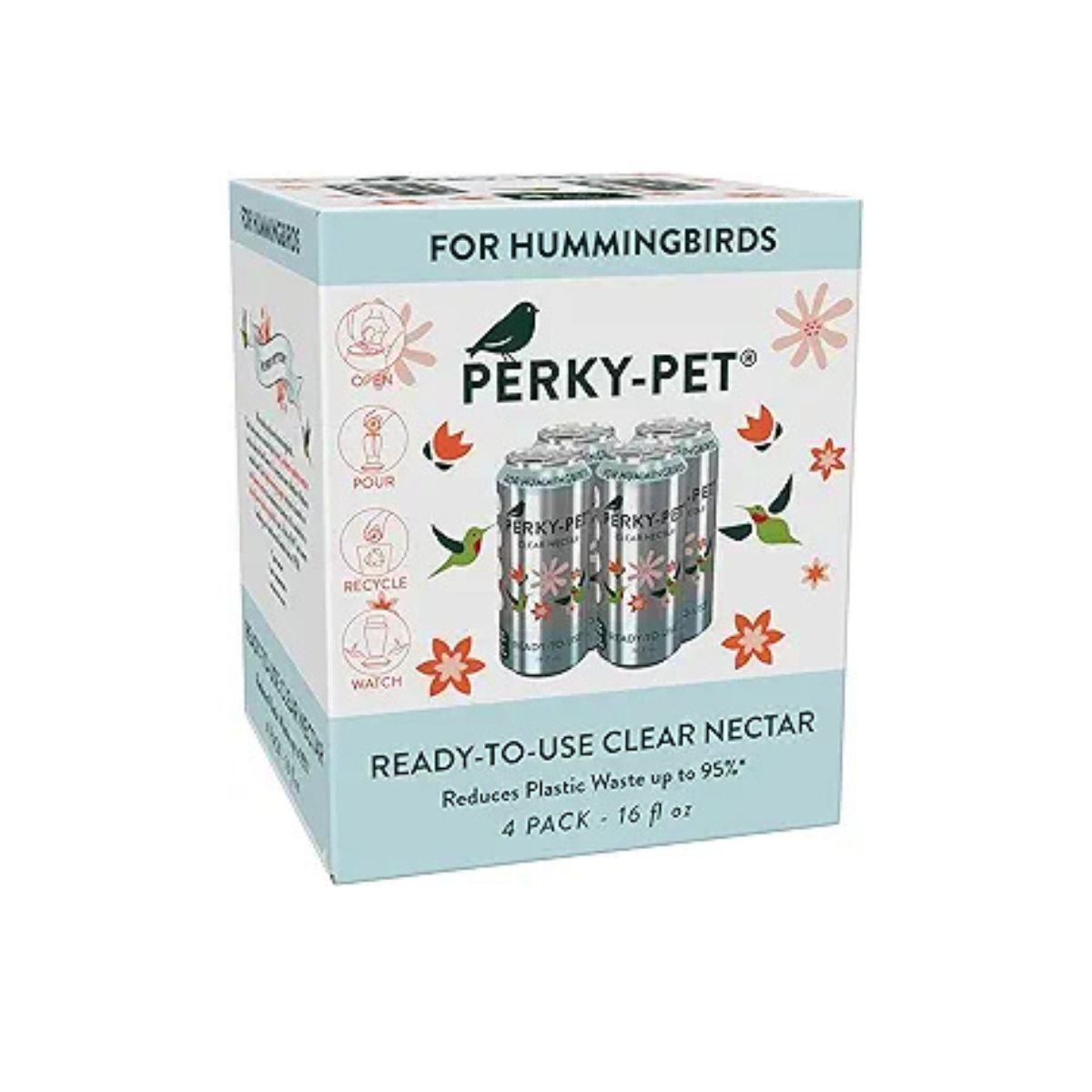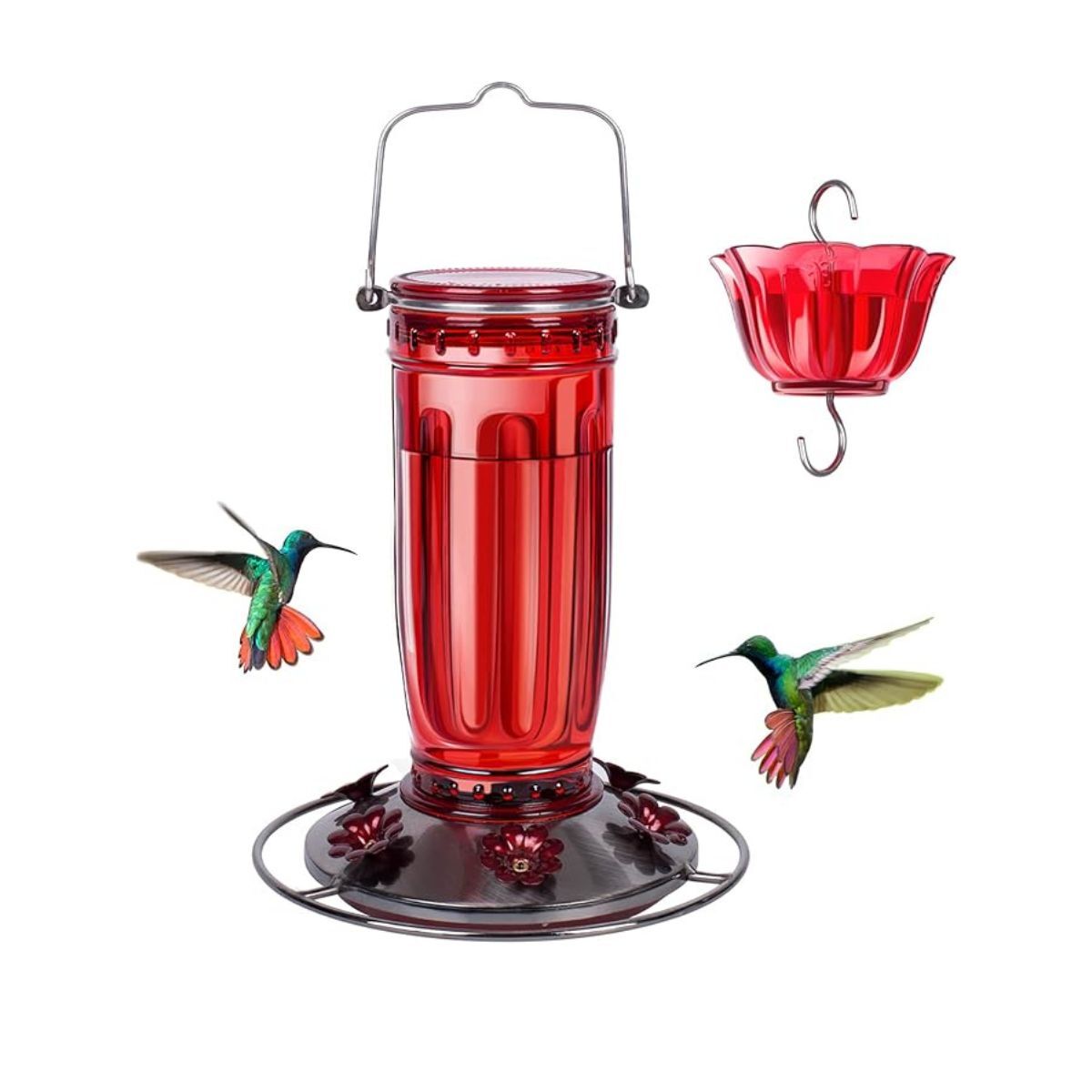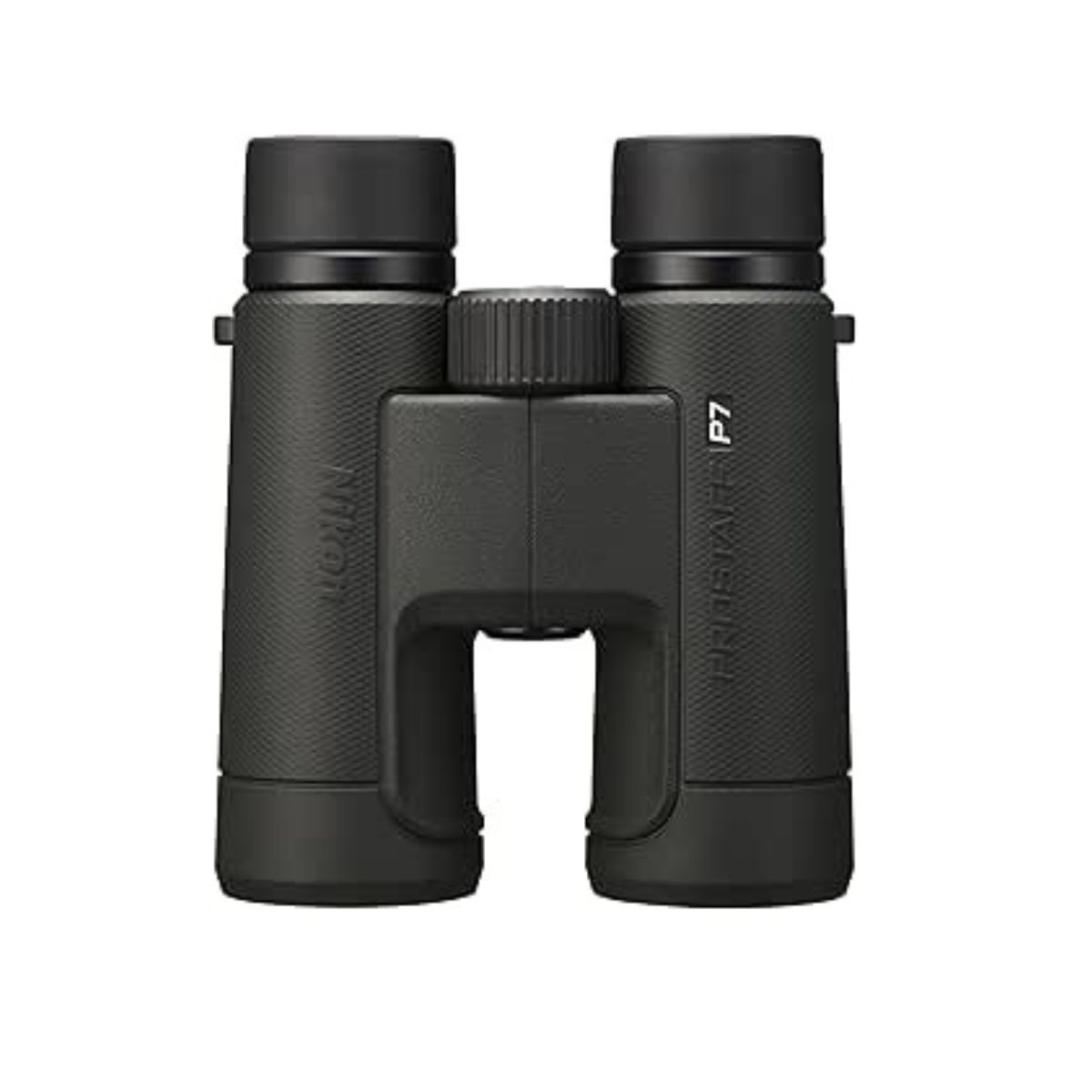What is the best time of day to see hummingbirds? We reveal the ideal times to spot these mesmerizing creatures
Few other birds rival the spectacular showmanship of hummingbirds. So, when are we most likely to spot these tiny dynamos?
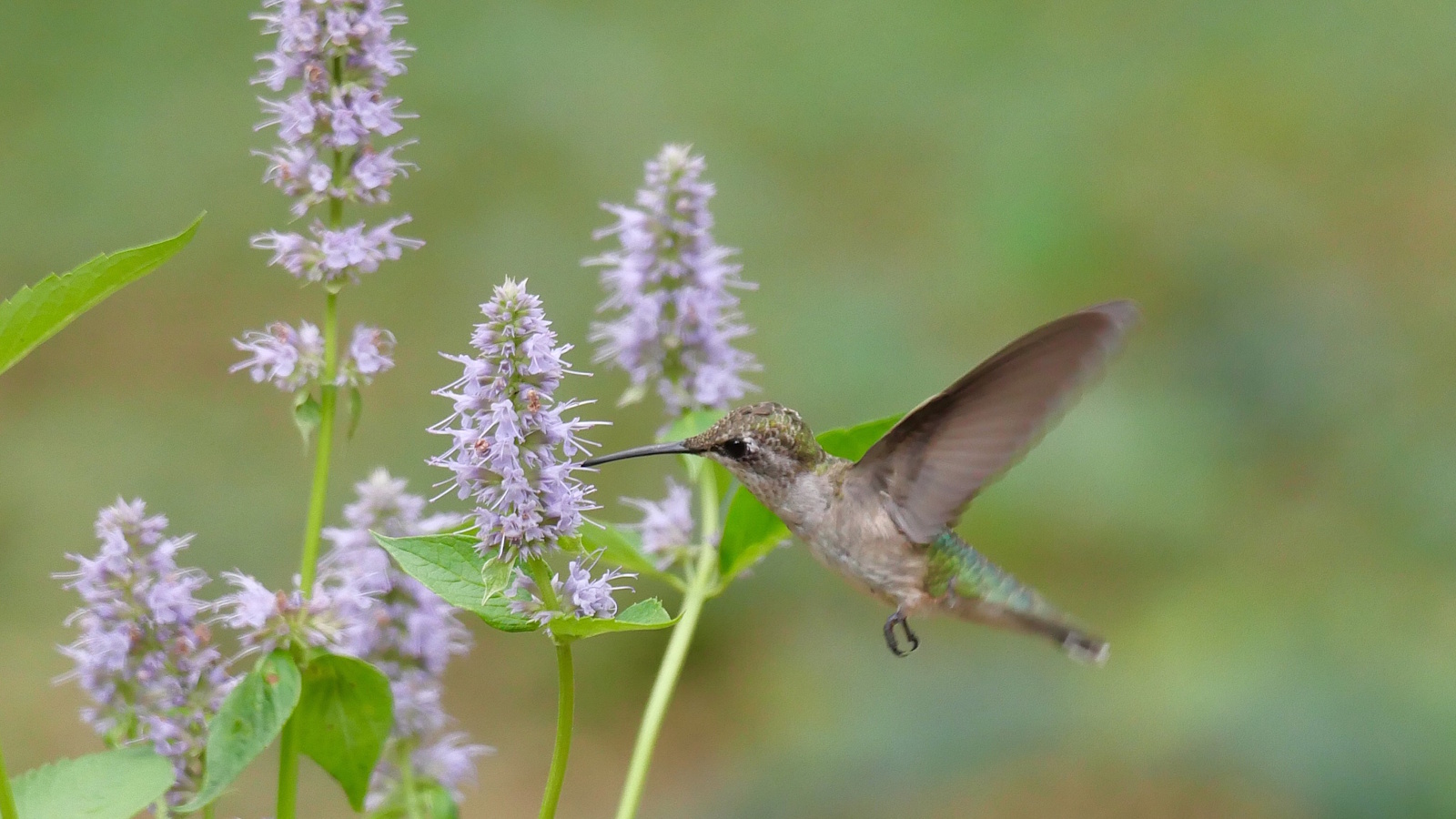

Now spring is in full swing, the return of kaleidoscopic color, scent, sunshine, and wildlife to our outdoor spaces is thrilling. All of these signs of warmer days are a harbinger for many exciting things to come, and for gardeners, bird watchers and wildlife enthusiasts, perhaps most exciting of all of all the return of hummingbirds, in all their exquisite beauty.
If you have ever wondered how to attract hummingbirds, there is plenty of strategic planting advice to take heed of, to ensure you are laying out an irresistible buffet for hummingbirds, increasing your chances of sightings twofold. However, it's worth noting the best time of day to spot these hovering beauties, so you can maximise your chances even further. There are key times of day when hummingbird sightings are considerably more likely, and conducting your viewing at the wrong time of day may leave you thoroughly disappointed.
‘Early morning and late afternoon are prime hummingbird hours – when blooms are freshest and the world is soft,’ explains Siobhan Shaw, the co-founder of Growing to Give, a non-profit organization dedicated to sustainable agriculture. Indeed, it is in these cooler, quieter hours that offer the most promise. Here, we take a look at the best time of day to spot these remarkable birds.

Siobhan is the co-founder of Growing to Give, a dynamic global nonprofit dedicated to transforming community-focused food security and agriculture through sustainable farming and gardening practices. Siobhan is a passionate advocate for women's empowerment in agriculture, mentoring women who aspire to careers in the field. Siobhan also continues her decades of podcasting as the host and co-producer of the health and well-being podcast titled Real Talk.

The ideal time of day to spot hummingbirds
It may seem that a sensible time of day to spot hummingbirds is when the sun is shining, and the full-throttle heat of midday is coaxing out all the bees, butterflies, and nature can be seen in abundance. This is strictly not the case, according to Siobhan.
‘The best time of day to see hummingbirds is in the early morning or late afternoon, just as the sun softens,’ she explains. ‘Those golden hours when the garden is quiet, and the blooms are freshest. That’s when hummingbirds are most active, darting from flower to flower in search of nectar after a long night or before they settle in.’
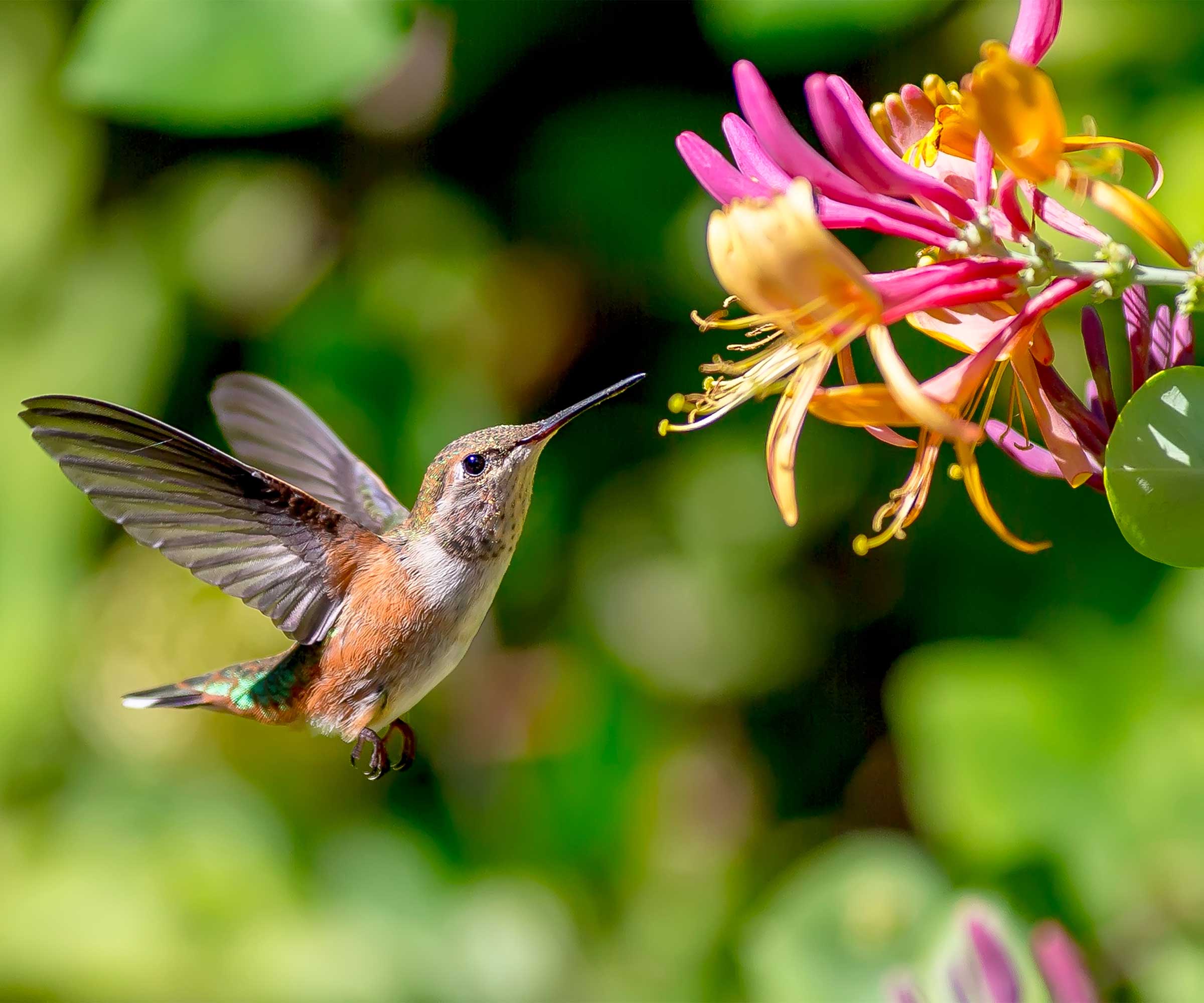
There is something whimsical, almost magical about spotting hummingbirds, and its the stillness and quiet of early morning or late afternoon, before the evening sets in, when these magical moments happen.
Siobhan recalls an early evening sighting that has stayed with her: ‘One evening, as I sat quietly in the garden among the flowering trees, a female hummingbird zipped by, sampling nasturtiums that had opened earlier that day.’
Design expertise in your inbox – from inspiring decorating ideas and beautiful celebrity homes to practical gardening advice and shopping round-ups.
Rather wonderfully, in many cases you might hear hummingbirds before you see them. ‘Her buzz, often mistaken for a giant bee, caught my attention.’ Siobhan goes on: ‘She might have been taking a break from her nest, while her mate stood watch. I watched her feed, then pause on a branch, wings finally still. And then something incredible happened: she sang.
'Not a chirp, but a soft, cooing hum – delicate song just barely audible in the hush of twilight when the rest of the bird chorus had quieted down. I could see her tiny throat move with each note, it was a miracle of nature. Calming and peaceful, joyful and beautiful – felt like I had front-row seats to a hummingbird’s private performance.'
Where to spot different hummingbird species
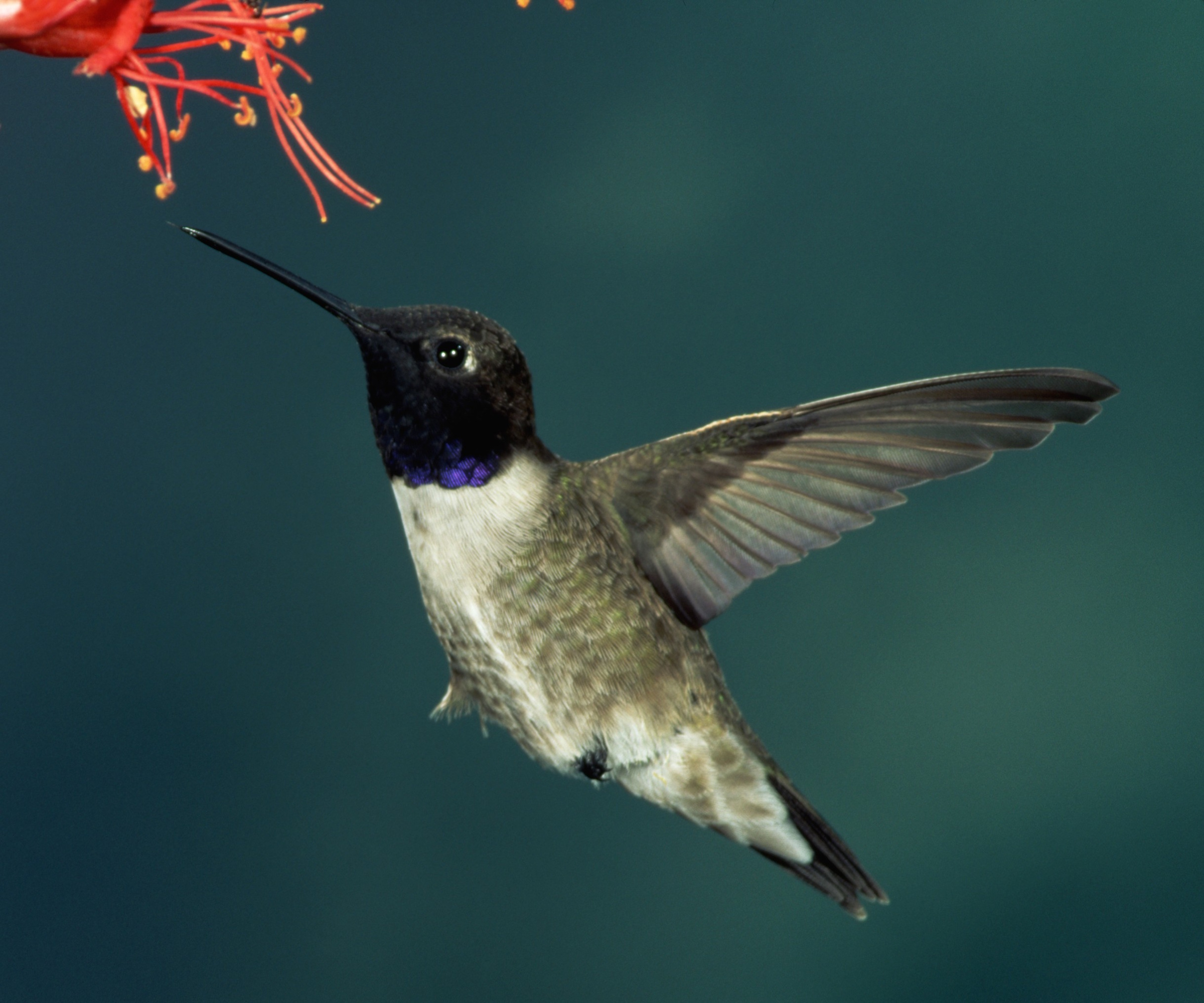
Black throated hummingbird
Depending on where you live, you can expect to see different species of hummingbirds. In the eastern US, the ruby-throated hummingbird is the main event. ‘They’re the star of the show from spring through early fall, darting like tiny emerald rockets through gardens from Maine to Florida.’ Siobhan adds.
In the Western states, you’re more likely to spot the Anna's hummingbird, Rufous hummingbird, or even the Black-chinned hummingbird, depending on your altitude. If you’re concerned about missing out, luckily, Siobhan reassures us that there is typically a possibility of seeing hummingbirds across the country. ‘Wherever you are, there’s likely a native hummingbird that has made your zip code its summer playground,’ she notes. Be sure to keep an eye out for hummingbird nests in your yard too, which you can spot at this time of year.
I recall seeing a hummingbird for the first time in Prospect Park in Brooklyn, the most unlikely of places, on an early morning jog. Any later in the day, and the noise, activity, and hustle would have made a sighting impossible, no doubt. Of course, it is wise to invest in a good pair of binoculars, as these small and slender birds are so quick, you may miss them.
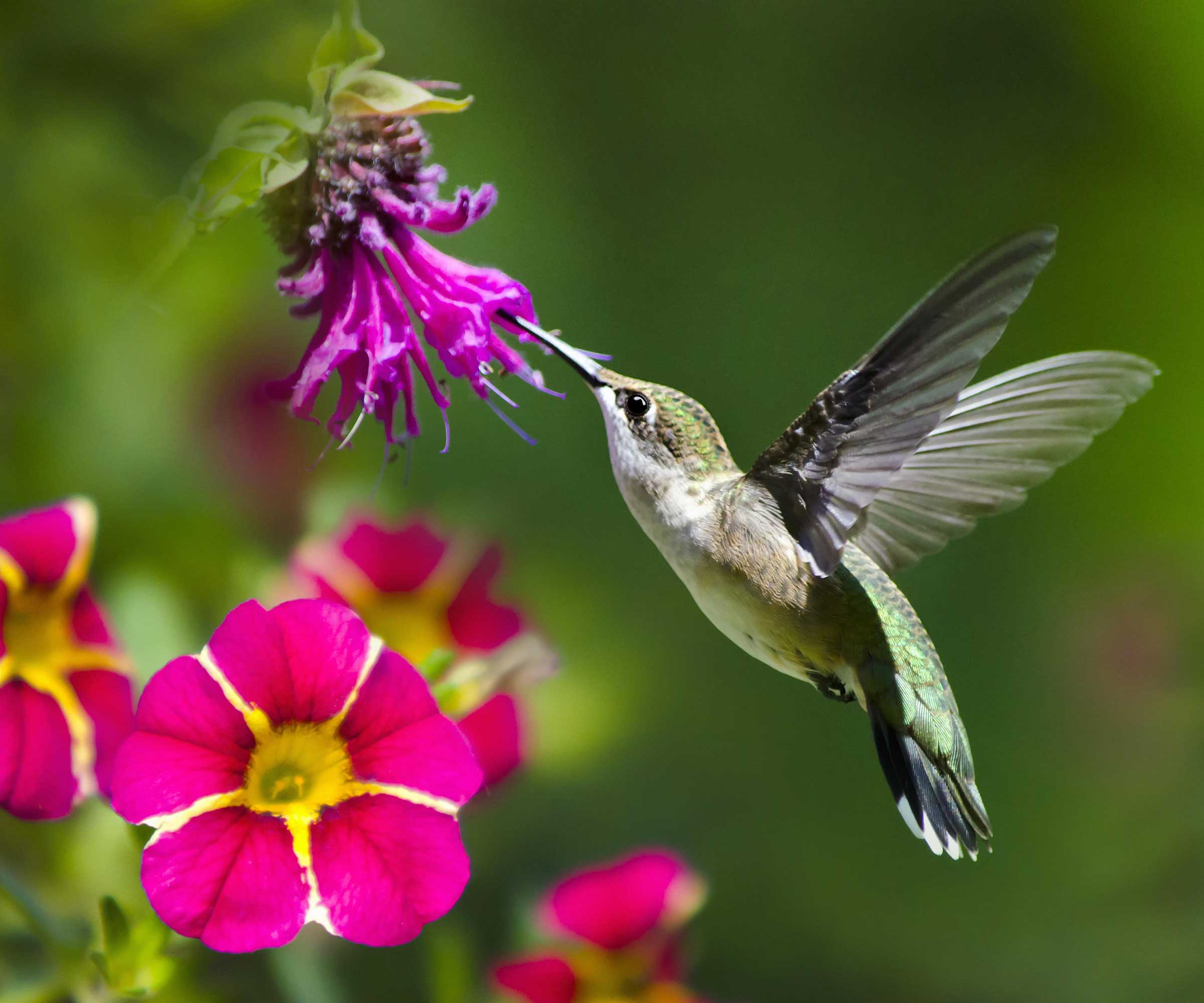
However, the ‘wildflower buffet’, as Siobhan refers to it, is the key to attracting hummingbirds in the first place. There is little point in setting your alarm, sitting patiently in the morning or early evening, if your planting is not enticing.
Hummingbirds are known for their sweet tooth. ‘They’re obsessed with tubular blooms,’ explains Siobhan. ‘Think salvia, nasturtiums, and bee balm. Consider planting some climbers to attract hummingbirds too, like honeysuckle or crossvine. Red is their favorite color, but they'll flirt with purple, pink, and orange too. Plant a patch of native nectar plants, stagger your bloom times, and don’t use pesticides, then just sit back and enjoy the aerial ballet.’ Of course, there are also certain trees that attract hummingbirds, including the crab apple, which hummingbirds will flock to.
I asked Siobhan when would be the worst time to look for hummingbirds. ‘If you're trying to spot hummingbirds, avoid the hottest part of the day when they’re less active and plants may be wilting.' she explains. 'Instead, sit near nectar-rich flowers in the early morning or just before dusk, and be still. They’ll come to you.’
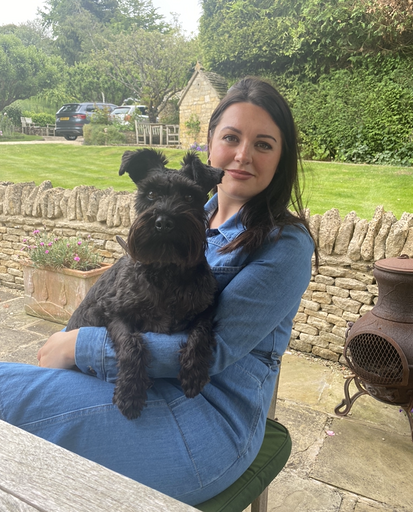
Sophia Pouget de St Victor is the UK Content Editor at Homes & Gardens, bringing readers the latest trends, expert insights, and timeless design inspiration tailored to a UK audience. With a background in luxury interiors and a qualification in Garden Design from London, she has a passion for creating spaces with character and emotional depth. Sophia gravitates toward interiors that defy definition, valuing individuality and effortless elegance. She lives in West London with her partner, two mischievous terriers, and a plump cat named Lettuce.
You must confirm your public display name before commenting
Please logout and then login again, you will then be prompted to enter your display name.
